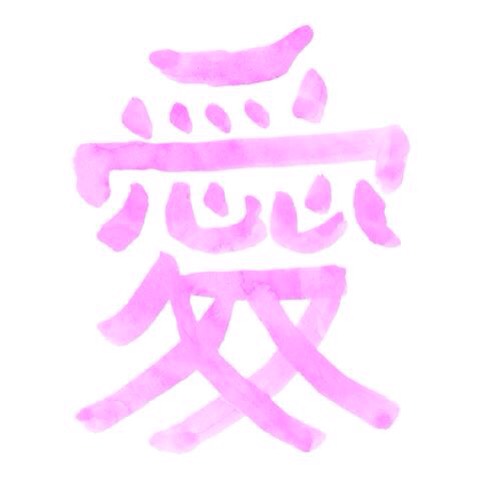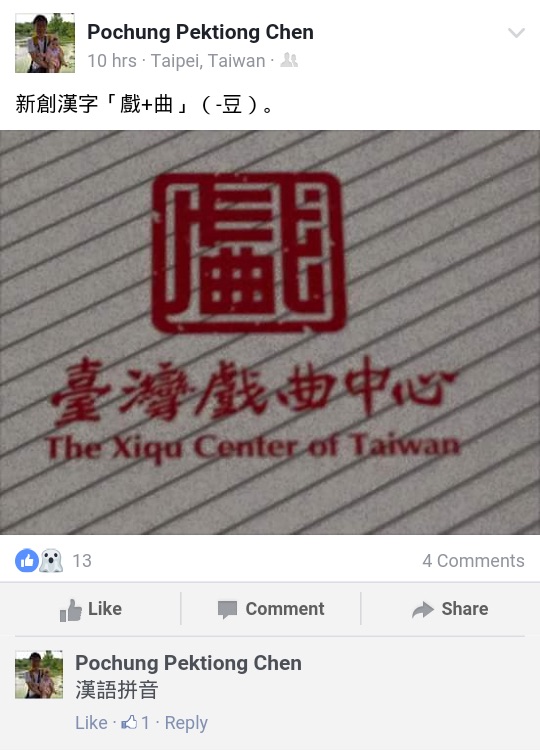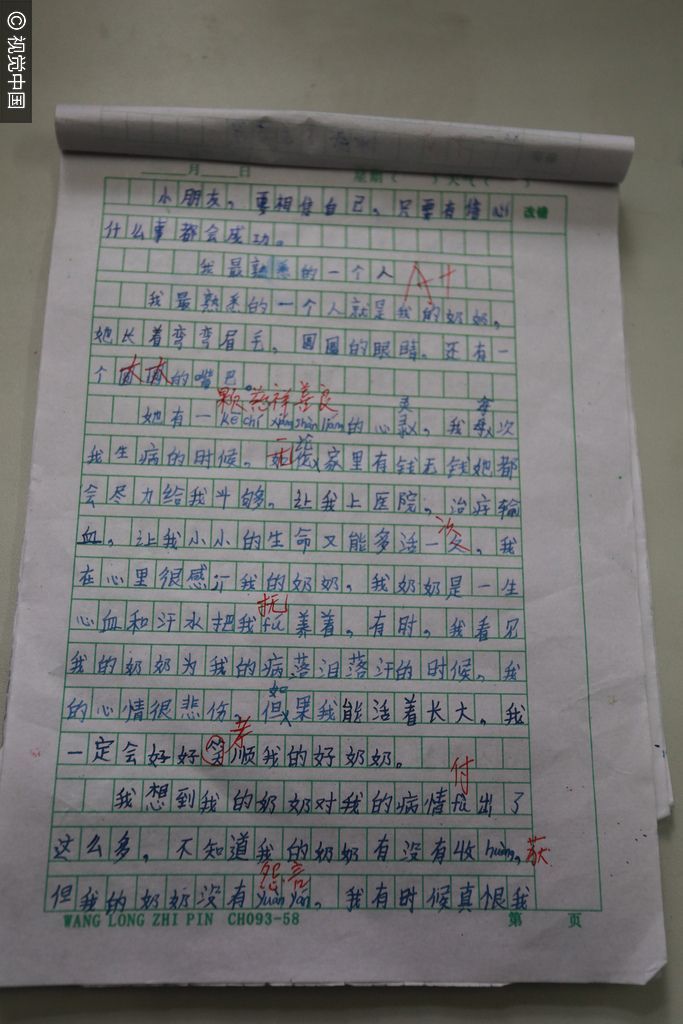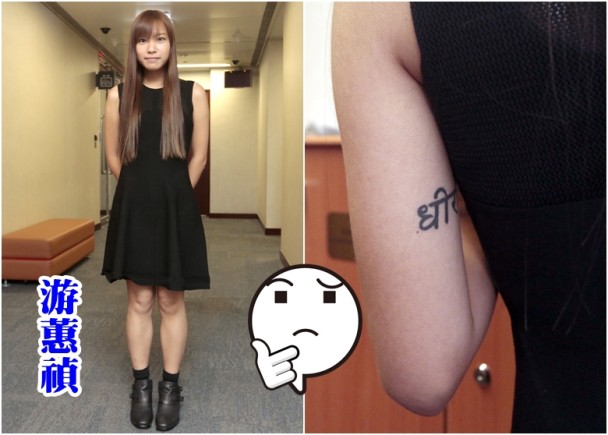"Hefty award offered for deciphering oracle bone characters" (China Daily, 10/28/16):
The National Museum of Chinese Writing on Thursday launched an award program to encourage people from around the world to help decipher oracle bone inscriptions.
According to the museum based in Anyang City in central China's Henan Province, where oracle bones and script were discovered from the Ruins of Yin over 110 years ago, the program will offer 100,000 yuan ($14,700) for each unknown character to be deciphered.
Inscriptions on tortoise shells and animal bones represent the original characters of the Chinese written language. They date back to the Shang Dynasty (1600-1046 BC).
Chinese characters constitute the oldest continuously used writing system in the world. The logograms convey both meaning and pronunciation.
To date, archaeologists around the world have discovered some 4,000 bone inscription characters by studying 160,000 relics, but only 1,600 of the characters have been deciphered.
Read the rest of this entry »



